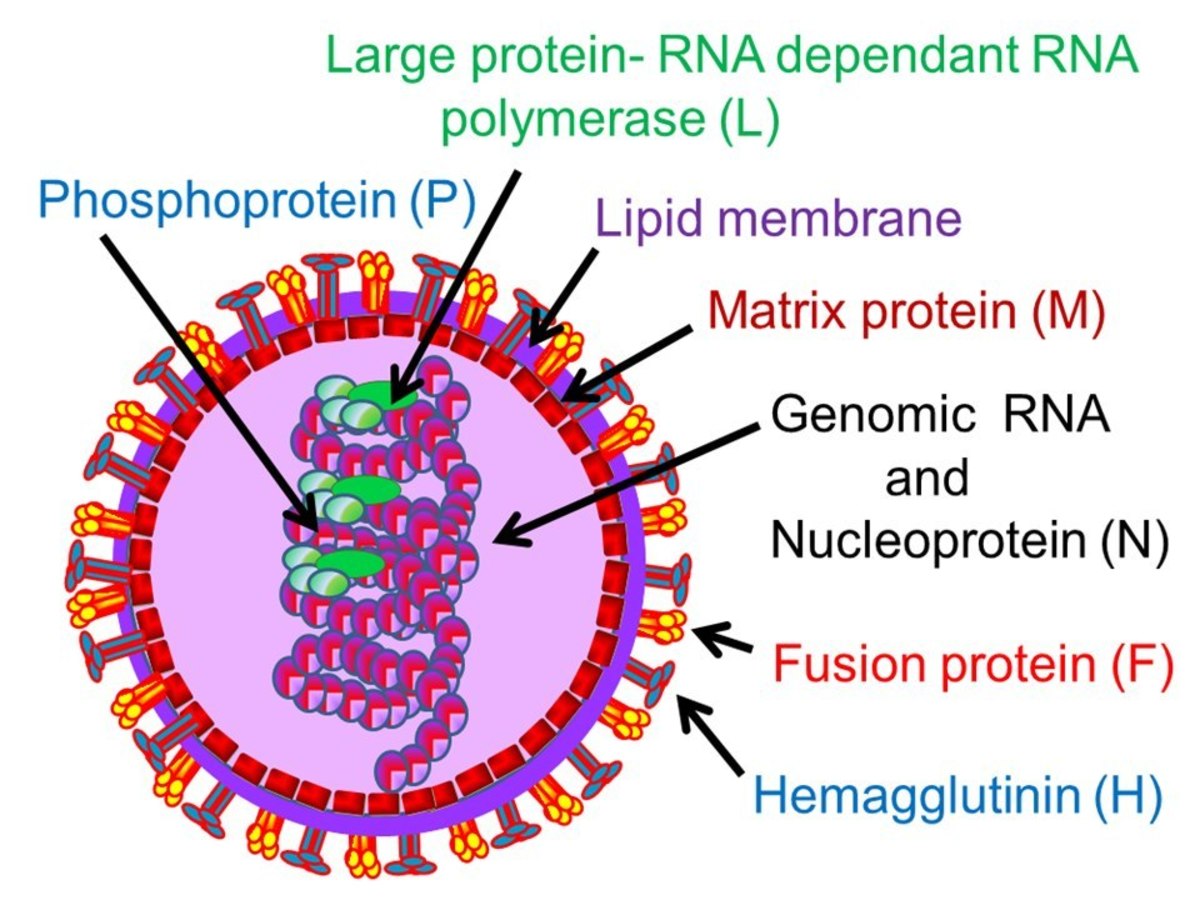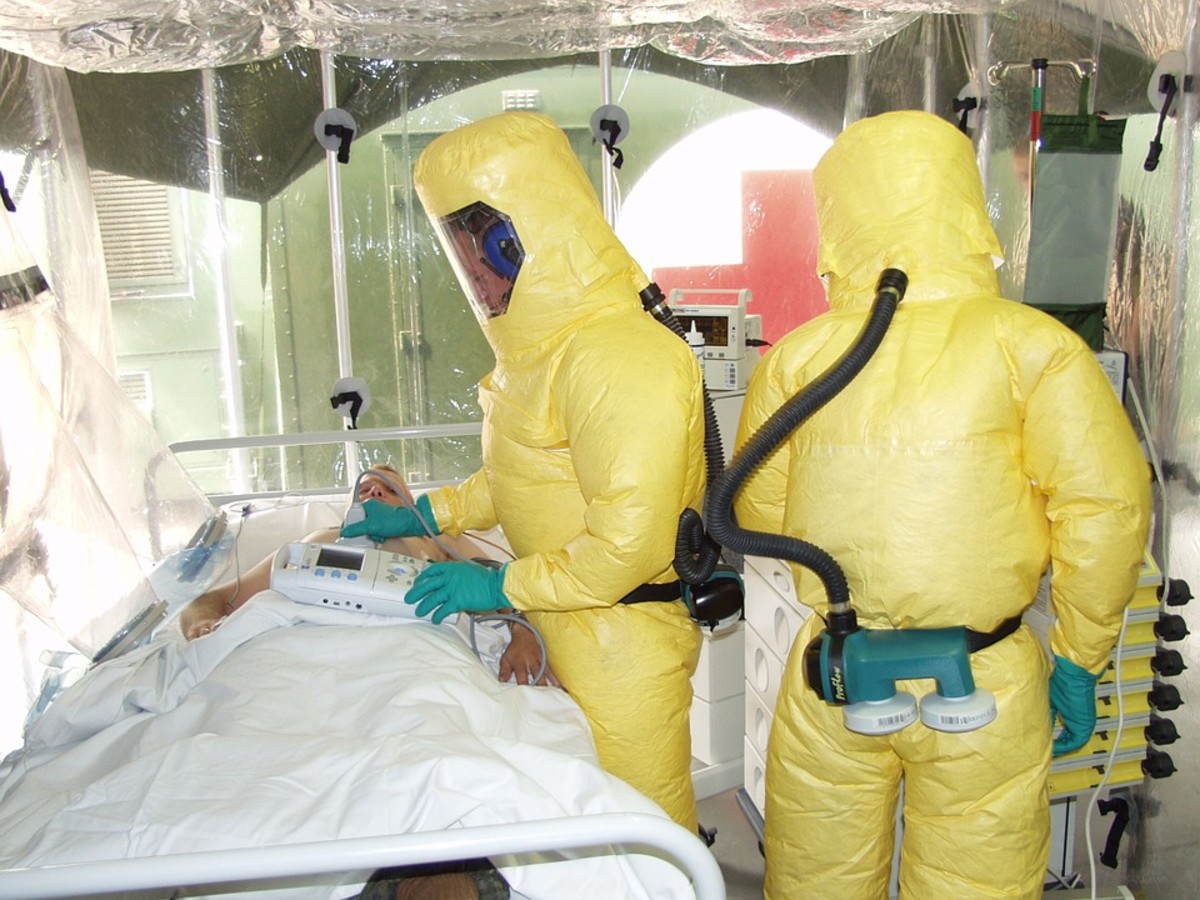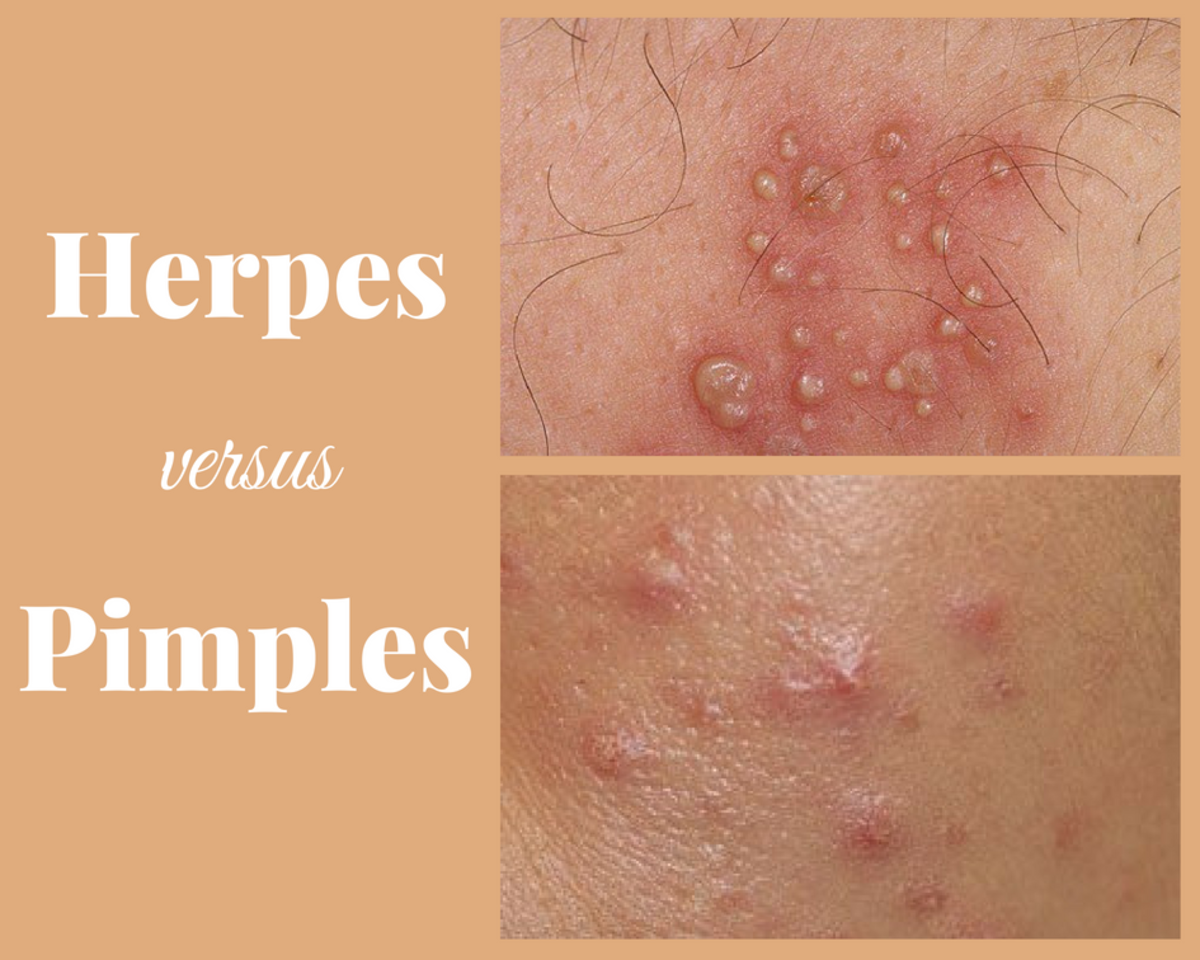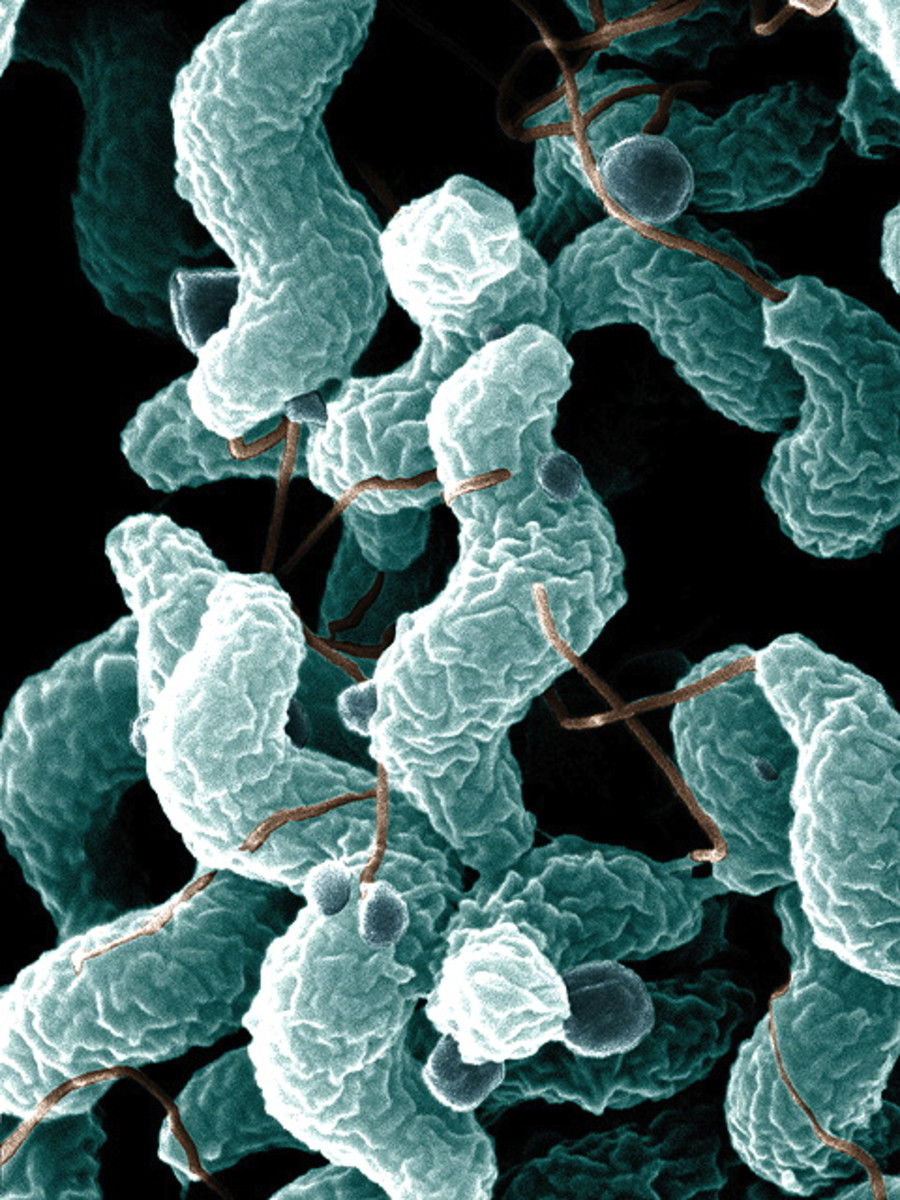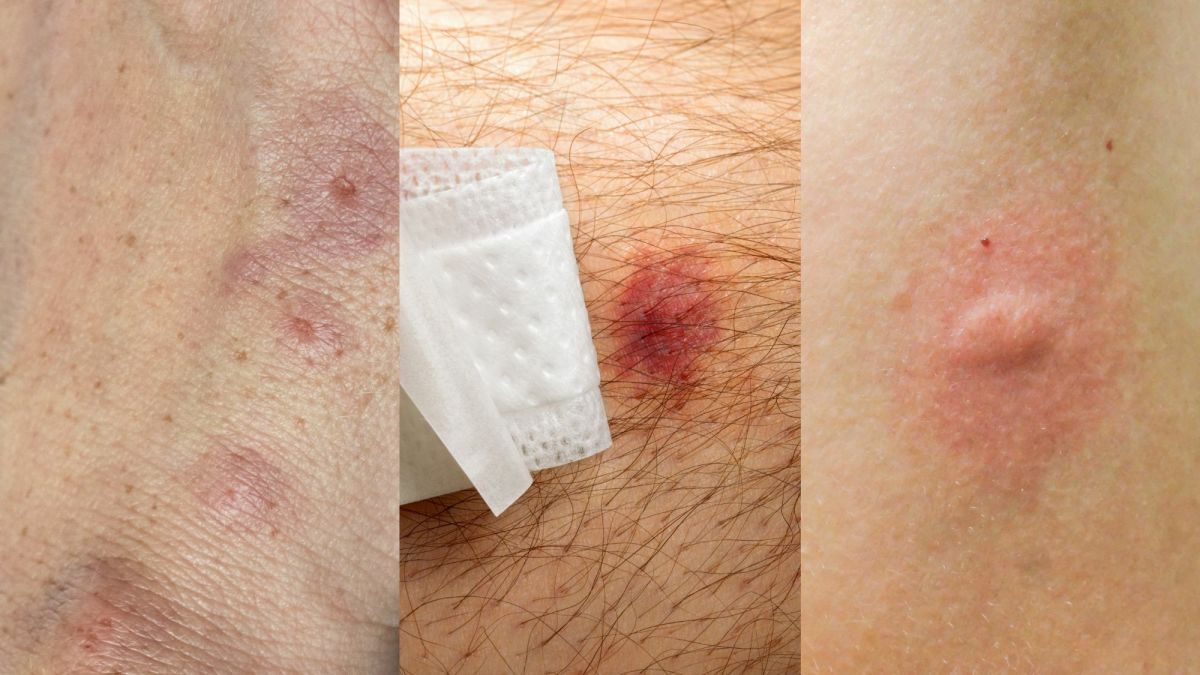"Unprecedented" Ebola Outbreak Puts West Africa on High Alert
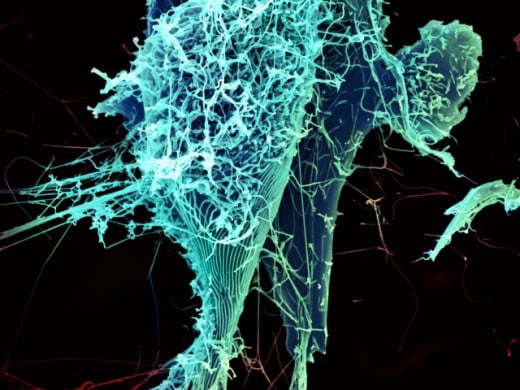
An outbreak of the deadly Ebola virus has resulted in increasing panic within West Africa. This is the first time the disease has appeared in the region, as it's more usually found in Congo, Sudan and Uganda.
Over the last several months the lethal illness has spread from a remote corner of the Western African nation of Guinea, to its highly populated coastal capital of Conakry and several other city hubs including Guéckédougou, Macenta, Nzerekore, Dabola, Kissidougou and Dinguiraye,
International Response
In late March The European Union pledged €500,000 to Guinea to assist with case identification and management.. Several members of the European Community Humanitarian Office (ECHO) also arrived in Conakry in the country's efforts to urgently stop the spread of the illness. The United States has also sent a specialist team from the Center of Disease Control to help identify infected people and analyze samples.
By April 2 there were reports of the virus infecting up to 127 people with 83 cases resulting in death. It was originally thought that the infection had spread to Liberia and Sierra Leone, though some media reports have claimed that these incidents are unrelated.
The regional bloc known as the Economic Community of West African States have branded the situation "a serious threat to regional security", and have appealed for international assistance to control the epidemic
Senegal has announced that it will temporarily close its border with Guinea in response to the outbreak. Senegalese singer Youssou N’dour cancelled an upcoming concert in Conakry, in case a large crowd of fans exacerbated the spread of the disease.
In late March, Mauritania announced that it will close all but two of its southern border crossings with Senegal and that strict sanitary controls will be imposed at these locations. The Gambia Bird, a regional airline that was set to include flights to Conakry from Dakar and Bissau as of March 30, advised that the launch will be delayed due to the outbreak.
Other countries have also carried out protective measures, including Morocco's implementation of strict travel controls and Saudi Arabia suspending visas for up to 10,000 Muslim pilgrims from Guinea and Liberia.

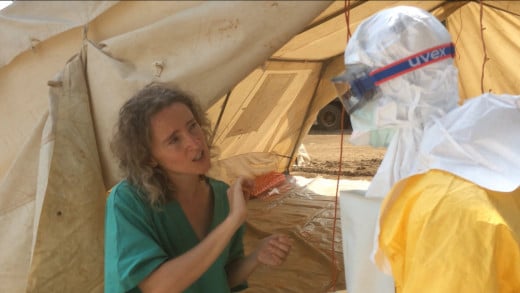
Preventative Measures
The World Health Organisation (WHO) has denied claims from Medecins Sans Frontieres (MSF), also known as 'Doctors Without Borders', that the outbreak is "unprecedented" and has insisted that the spread of the infection remains limited to the geographical location.
However earlier this week Mariano Lugli, an MSF coordinator in Guinea, told BBC that the region is facing "an epidemic of a magnitude never before seen in terms of the distribution of cases". According to Lugli the geographical spread of the outbreak over densely populated areas is "worrisome because it will greatly complicate the tasks of the organisations working to control the epidemic".
As Guinean hospitals aren't properly equipped to deal with the situation, the government has turned to the assistance of medical charities and U.N. agencies.
Aid organizations in Conakry have begun working with the government, using local radio, TV and text messages to educate residents on proper preventative and hygiene measures, such as hand washing and food preparation.
To help close the gap in human-to-human transmission, government organisations and aid groups are working to identify and offer medical surveillance to any one who has been in contact with known Ebola victim. Those who are suspected of showing Ebola-like symptoms are quarantined for around 21 days, which is the incubation period for the disease.
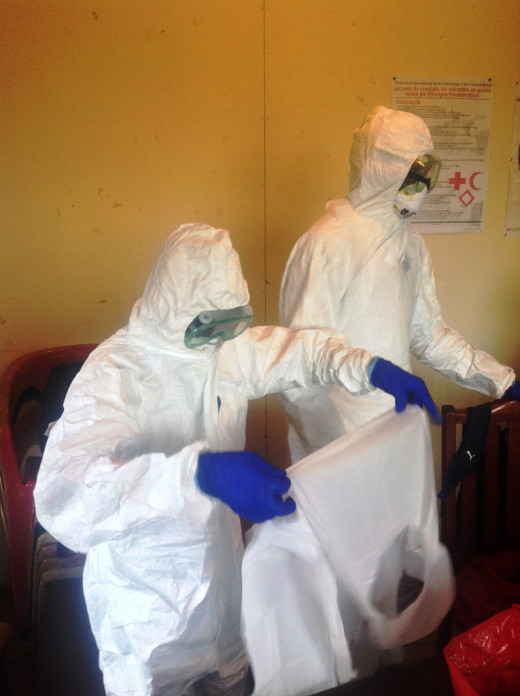
As well as being put into isolation for observation for up to a month, Sakoba Kéïta, head of Guinea’s Health Ministry disease prevention unit, has also recommended that anyone who has attended funerals for Ebola victims to come forward for identification and to wash any potentially infected items in chlorine solution.
The Guinean government has also banned the sales and consumption of fruit bats, which are a local delicacy and believed to be a natural host for Ebola.
Public Reaction
Citizens are panicked by the worsening situation and the difficulty that officials are having on the ground to contain the infection. To avoid any chance of contracting the lethal illness people are far less hospitable to each other, avoiding physical contact, such as handshakes, or even verbal greetings. r
In one incident passengers on a bus were so on edge about the outbreak, that all it took for them to flee the vehicle was an elderly man vomiting. The government has also banned public funerals for victims, with proper funeral rites, such as washing the body, being temporarily suspended. There were also reports from neighboring Liberia that a market place allegedly emptied rapidly due to shoppers falsely believing that they could catch Ebola simply by breathing the same air as its victims.
The fear among the public is so great that the onset of any of the broad symptoms that Ebola shares with countless other health conditions, such as headache or fever, is enough to have people flee their home city.
Doctors Without Borders on Guinea's Current Ebola Outbreak
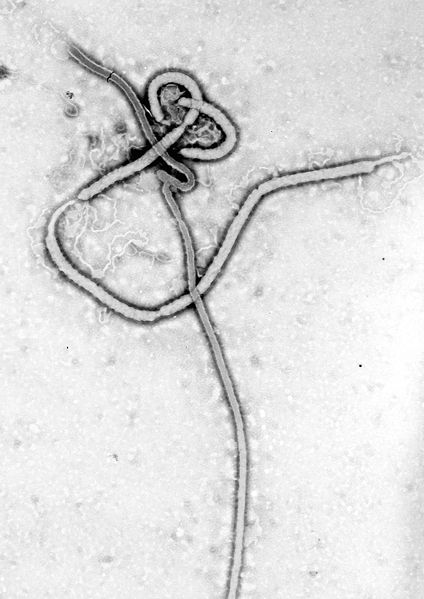
About Ebola
The Ebola virus (previously known as Ebola haemorrhagic fever) first appeared in 1976 in two simultaneous outbreaks within Nzara, Sudan, which proved fatal for 156 of 284 infected individuals; and in Yambuku, Zaire (now the Democratic Republic of Congo) near the Ebola River, which is where the disease received its name and which saw 318 cases of infection with 280 deaths.
Since then there have been around 24 major outbreaks, with around 1,800 cases of infection excluding this current situation. Since 2012 the number of infections has been as high as 2,400 infections, with around 1,600 deaths.
Transmission
The Ebola Virus Disease usually appears near tropical rainforests in remote villages within Central and Western Africa.
According to the World Health Organisation, Ebola infections are caused by direct contact with broken skin, mucous membranes, blood, secretions, organs or other bodily fluids of infected humans and wild animals. There are reports of people contracting the ebola virus by simply handling infected animals, including chimpanzees, gorillas, fruit bats, monkeys, forest antelope and porcupines that have been found ill or dead.
Additionally infection can occur from indirect contact with environments exposed to contaminated fluids; or direct interaction with the body of a deceased infected person (adding a health risk to funerals); and semen of men who have been in remission from Ebola for less than seven weeks.
Once infected it can take 2-21 days for the symptoms to show. Initial signs of infection can include weakness, muscle pain, headache and sore throat; followed by vomiting, diarrhoea, rash, impaired kidney and liver function, and occasionally internal and external bleeding, which has reportedly seen patients bleeding from their mouth, eyes, nose and even their pores. Blood is known to appear in patients' vomit and diarrhea as well. Laboratory tests have also found that the illness includes a low white blood cell and platelet count, along with elevated liver enzymes.
Ebola effectively kills endothelial cells that form the blood vessel's lining and other partitions in the body, effectively creating holes in blood vessels that often result in bleeding and shock. It's also fairly effective at evading the immune system.
A popular belief suggests that Ebola kills it victims by completely liquefying their organs that then seep through every pore and orifice as a gooey black liquid. In reality it's not quite as graphic or traumatic, with clinical studies suggesting that the actual cause of death is probably due to organ failure, loss of blood and shock.
According to the United States' Center for Disease Control, other than several laboratory contamination cases in England and Russia, all reported cases of Ebola have occurred within Africa.
In the case of the current crisis in Guinea, The World Health Organisation believes that the virus traveled from the country's forested regions to Conakry through just one man who became infected while visiting Dinguiraye in Central Guinea. Following his funeral in Dabola, 200 km from the coastal capital) four of the men's brothers also started to display symptoms. Two healthcare workers in the country's capital had also developed signs of the disease after treating the infected men. All six have been quarantined.
Treatment
There is currently no vaccine or treatment for the disease in humans or animals, though there are many scientists worldwide working to create a cure for this devastating illness. Currently the best defense against the illness is prevention.
The current MSF treatment in Guinea has consisted of hydrating the patient, maintaining their oxygen status and blood pressure and treating them for any complicating infections".
Ebola Strains
There are five known strains of the virus: Ebola-Zaire, Ebola-Sudan, Ebola-Côte d’Ivoire (also known as Tai Forest Virus), Ebola-Reston, and Ebola-Bundibugyo. All have been named after the geographical location of where they first appeared.
The strains found in 1989 in Reston (a community of Virginia, USA) and in 1994 in Côte d'Ivoire are not known to be lethal to humans, instead being detected in chimpanzees, macaques, monkeys and other primates. The Ebola strain that hit Sudan in 1976 has a fatality rate of around 50%. Ebola-Bundibugyo, which was first recorded in Uganda in 2007 is far less deadly, killing 25% - 34% of infected individuals. .
According to MSF the current outbreak in Guinea comes from the most deadly and aggressive 'Zaire' strain with a fatality rate of up to 90%. Those in Guinea who have been diagnosed with the illness, sadly have little chance of survival and are awaiting death in a special ward where they are being treated by medical staff in protective suits.
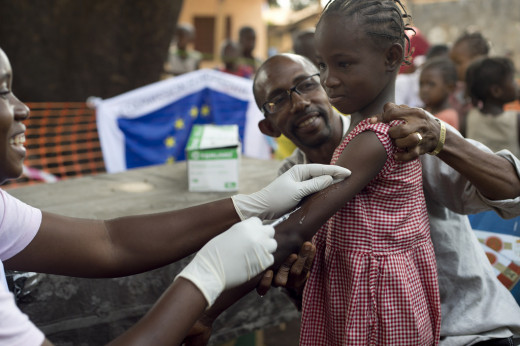
Deadly Diseases in Guinea
The Republic of Guinea is a major exporter of bauxite (the raw material used to produce aluminium), gold, diamonds, coffee, fish, agricultural products, yet many of its 10.5 million citizens live on less than a dollar a day. Life expectancy is also well below Western standards, with men living to an average of 53 and women living to an average age of 56.
In a 2011 review by the World Bank, Guinea's health system was found to be the worst of 68 countries when it came to the ratio of hospital beds per capita. According to the report Guinea had just 0.3 hospital beds per 1,000 people.
This makes things difficult for a country that is already highly susceptible to a number of other deadly illnesses.
The Ebola crisis has come at a difficult time for the West African nation, as the government has also been attempting to contain a measles outbreak since late 2013 that has so far infected around 1,500. The viral disease is currently a leading cause of death among young children, claiming an average of 330 lives every day or 14 deaths ever hour around the world (there were 122,000 recorded deaths by measles in 2012). In February 2014 UNICEF and the Guinean Government kicked of an initiative to vaccinate 1.7 million children.
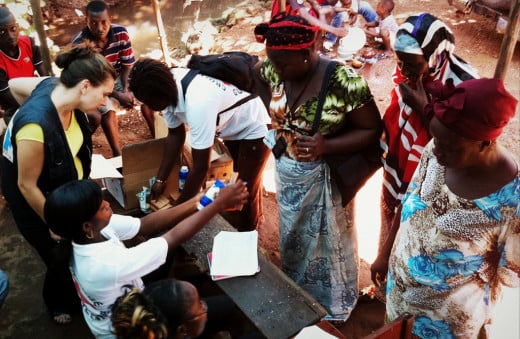
Guinea has also been devastated by outbreaks of other illnesses including:
- Cholera - A deadly diarrhoeal disease that was first reported in Guinea in 1994, where 31,415 cases and 671 deaths were reported. Since then cases of cholera have occurred somewhat regularly in Guinea. In 2010 only around 18% of Guinean citizens had access to improved sanitation, which poses a risk factor as the major cause of cholera is bacterium vibrio cholerae, often found in human feces, contaminating food and drinking water. Cholera is an extremely dangerous disease with the ability to kill within hours if left untreated. Worldwide there are 3–5 million cholera cases and 100 000–120 000 cholera related deaths each year. While 80% of cases can be treated effectively with rehydration salts, 75% of cases show no symptoms.
- Yellow Fever - The WHO has described Guinea as one of the "high-risk endemic countries in Africa" for Yellow Fever. Yellow Fever is transmitted by infected mosquitoes, resulting in a range of symptoms including fever, muscle pain with prominent backache, headache, shivers, loss of appetite, jaundice, nausea or vomiting. Most patients' symptoms vanish after around four days, though 15% of people experience a second more toxic phase within 24-hours of remission that has a mortality rate of 50% within two weeks. Around 200,000 cases of yellow fever and 30 000 related deaths occur around the world each year, with 90% happening in Africa. It's highly preventable through vaccination, though most countries don't implement the recommended level of coverage.
- Dengue Fever - Another mosquito-born illness that has been growing globally over the last few decades, resulting in around 40% of the world's population being at risk of Dengue Fever. This potentially deadly illness involves flu-like symptoms including fever, headache and muscle and joint pain. Additional symptoms can involve a metallic taste in the mouth, rashes and bleeding from the nose and gums. It occasionally results in shock and hemorrhaging, leading to death. Up to 100 million dengue infections occur worldwide.
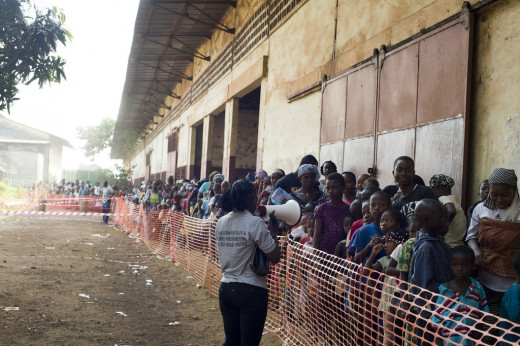
- Human immunodeficiency virus / acquired immunodeficiency syndrome (HIV/AIDS) - In 2012 up to 140,000 people were suffering from HIV/AIDS in Guinea, which includes at least 14,000 children under the age of 14 years old and possibly up to 6,800 deaths. Worldwide there were roughly35.3 million people living with HIV at the end of 2012. It's most common in Sub-Saharan Africa where 1 in every 20 people suffer from HIV/AIDS. Initially an infected person usually doesn't feel any symptoms, but within weeks they may begin to experience a fever, headache, swollen lymph nodes, weight loss and diarrhoea. HIV/AIDS has so far claimed around 36 million lives so far and there is no cure, though there do exist effective treatments to hold the virus at bay.
- Meningitis - Guinea unfortunately lays within the 'meningitis belt' a geographic location consisting of 25 Sub-Saharan African countries where citizens are at high risk of this highly lethal inflammatory illness. Meningococcal meningitis involves an inflammation of the lining around the brain and spinal cord and is transmitted via droplets of respiratory or throat secretions from carriers. Even when caught early and treated adequately it can still kill 5% to 10% of patients, while leaving 10% - 20% of survivors with brain damage, hearing loss and learning disabilities. Guinea experienced a somewhat major outbreak in 2013.
- Malaria - This prevalent and devastating illness remains one the greatest causes of morbidity in Guinea as well as being the leading cause of healthcare consultation and hospitalization. Malaria is spread by infected mosquitoes and may have killed up to 789,000 worldwide in 2012. Though half the world's population are at risk, the majority of malaria-related deaths are African children. However malaria is curable and highly preventable through the use of insecticides.

